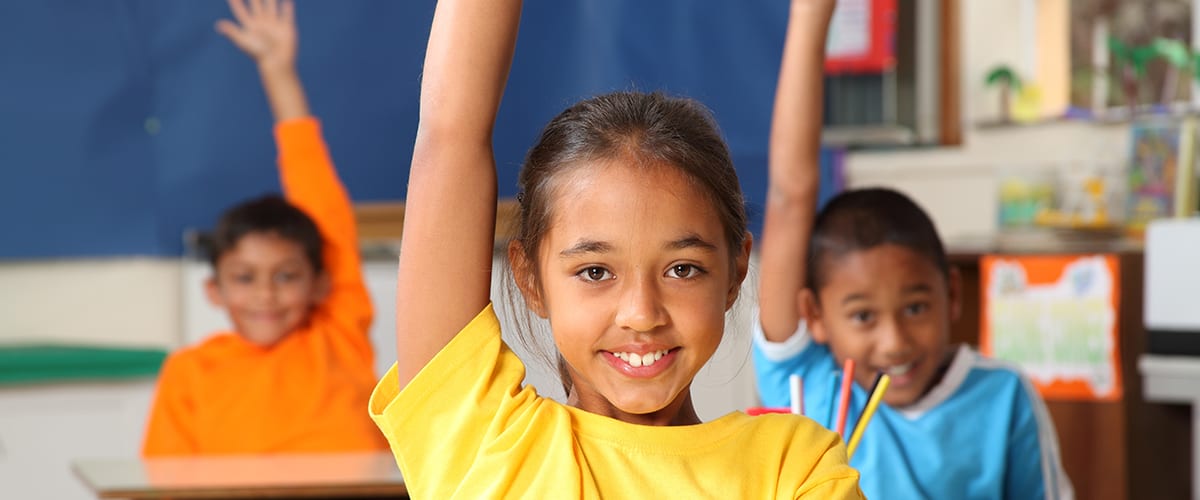There are milestones that every family looks forward to in the development of their children. The first night they sleep all night. Their first steps. The first words they speak. The first day they attend school (and the last day). Starting that awkward trek from childhood to adulthood. All of these little steps go by quickly and are indicators of children who are developing. If any of these occurrences are delayed, people become concerned. Doctors are consulted, tests are run, and there are efforts made to discover the reason development has been delayed.
Not all milestones in development are scrutinized and celebrated. There is one that normally goes by with little fanfare. It is the transition from third grade to fourth grade. This is a major step in the educational development of a student. Subjects become more involved in fourth grade, which means the texts that go with them become more complex. Students that had difficulty reading and understanding the lessons in third grade start to fall further behind. Falling behind their peers can lead to a variety of issues, from disruptive behavior to avoiding classroom activities.
Poor populations are much more at risk for this drop to occur. A report created by the Annie E. Casey Foundation, Learning to Read, Reading to Learn, indicates that over 80% of students that come from low-income areas do not read proficiently by fourth grade. Not reading at grade level by fourth grade makes them four times as likely to drop out of school, impacting their future earning potential. They are also more likely to end up incarcerated at some point in their lives, further impacting their future. Students that drop out of school cost taxpayers roughly $260,000, further straining state and local budgets.
Why not hold them back? This obvious choice would expose them to the material longer and giving them the opportunity to truly learn to read before they make the next step. However, an article by Martin West published in 2012 (Is Retaining Students in the Early Grades Self-Defeating?) shows that keeping a child back at third grade could have a worse outcome. As children get older, the effect becomes even more pronounced. This effect can be mitigated by having a summer reading program available for those that are held back, similar to the one Florida passed in 2002. It is not only a risky proposition; it is an expensive one.
Building students up during their first years of school is the most affordable option. On average, holding a student back costs a district over $10,000 per student held back. These costs include lost time to the teachers in the year students were held back and the extra year they attend school. Summer reading programs can often be supported by independent grants as well as national Title I funding. These summer programs help prevent the dreaded summer slide, especially those from lower-income homes. Summer slide can cost the school district as well.
The effects of allowing students to fall behind grade reading are far-reaching. The impacts they have on the school and school district are measurable, but the effects on the student can be devastating, perhaps even life-changing for them. As you are getting ready to celebrate that first day of school, make sure you mark their first day of fourth grade on the calendar as well. It could be another milestone with a long-term impact.

